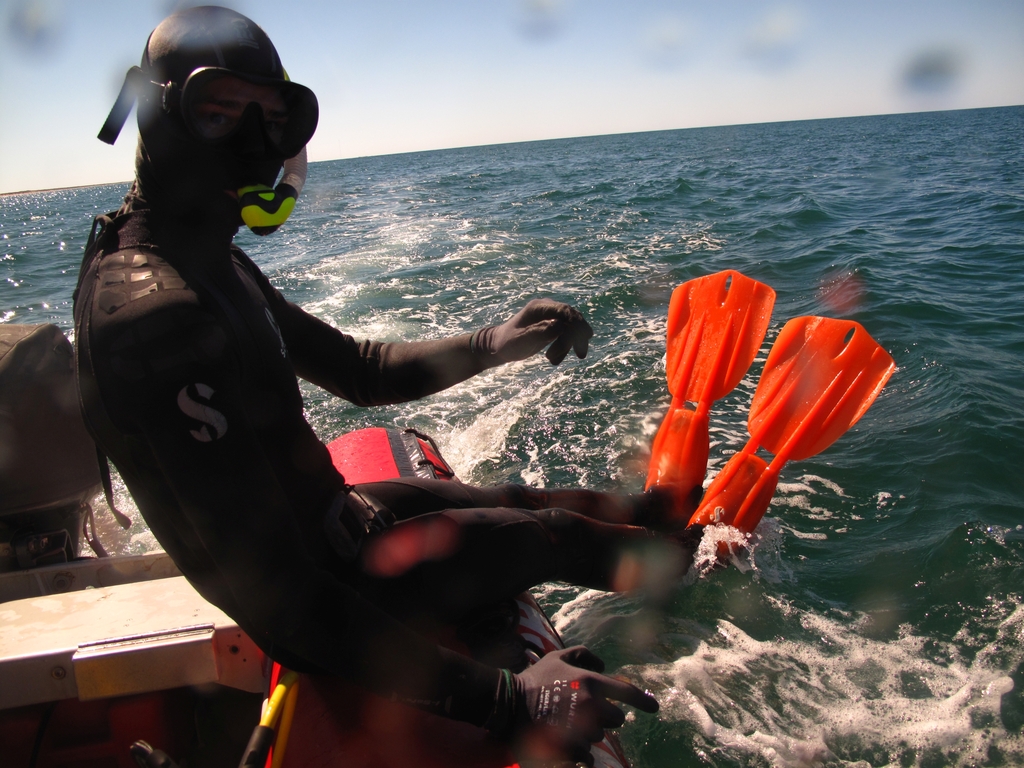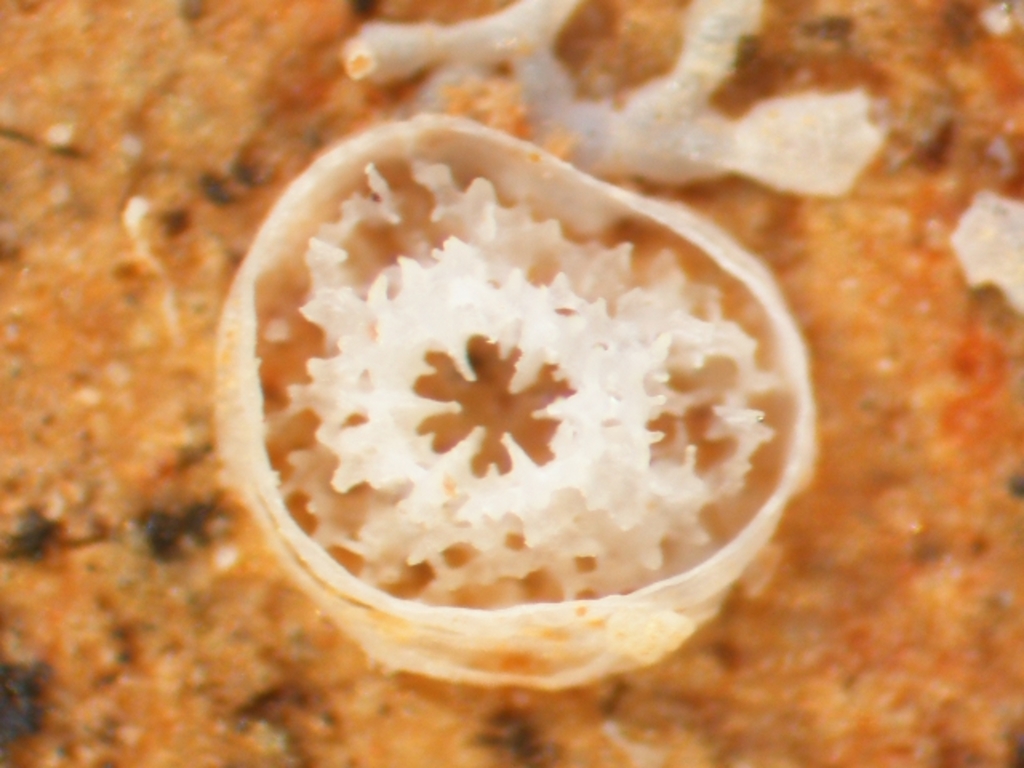Behind the science:
Depth-related patterns in coral recruitment across a shallow to mes...
2018, July 1
Posted by Veronica Radice
“Patterns in coral recruitment across a shallow to mesophotic reef”
What was the most challenging aspect of your study (can be anything from field, lab to analysis)?
There was quite a lot of manual labour throughout the project. I had to drill all of the holes in the concrete blocks which took a long time. Additionally, finding the blocks was certainly a challenge when it came to it (though most were under the GPS location!).
What was the most memorable moment in undertaking this study?
Definitely retrieving the deep recruitment blocks. Myself and Chris had to snorkel and search for the subsurface buoys based on GPS locations. Ningaloo is a bit sharky, and they occasionally got a little too curious for our liking.
What was your favorite research site in this study and why?
The Tantabiddi 25 m site was pretty stunning. We had fantastic visibility (which made finding the blocks much easier) and the coral cover on the bottom was fantastic. Helps to explain why we found so many recruits at this depth.
Other than your co-authors, with whom would you like to share credit for this work?
Chris Doropolous for his freediving skills (some of the subsurface buoys ended up close to 10m!) and Ryan Crossing for driving us about and shouting when to jump on the GPS locations.
Any important lessons learned (through mistakes, experience or methodological advances)?
Heavier blocks may be required for the slope (high energy environments), as it was observed that they could potentially flip at the 8 m sites. However, we wouldn’t want to alter the method too much to keep it relatively basic and simple.
Can we expect any follow-up on this work?
The shallow sites will continue to be monitored through the Ningaloo Outlook Project. It would be great to do again in the future however that probably won’t occur during my PhD project. My work revolves around the deep reefs element of the Ningaloo Outlook Project, to find out more about the project please visit the website https://research.csiro.au/ningaloo/
Featured article:
|
|
Depth-related patterns in coral recruitment across a shallow to mesophotic gradient | article Turner JA, Thomson DP, Cresswell AK, Trapon M, Babcock RC (2018) Coral Reefs |
|


